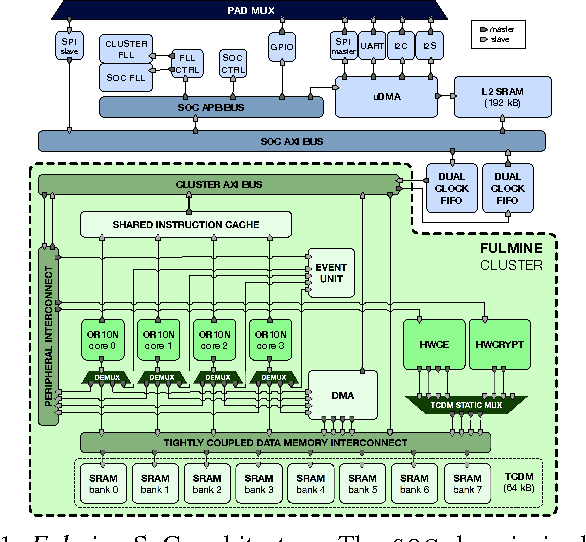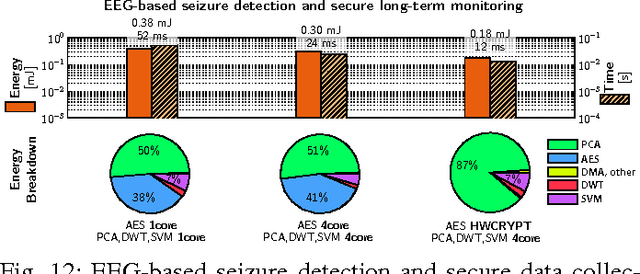Stefan Mangard
Exact Soft Analytical Side-Channel Attacks using Tractable Circuits
Jan 23, 2025Abstract:Detecting weaknesses in cryptographic algorithms is of utmost importance for designing secure information systems. The state-of-the-art soft analytical side-channel attack (SASCA) uses physical leakage information to make probabilistic predictions about intermediate computations and combines these "guesses" with the known algorithmic logic to compute the posterior distribution over the key. This attack is commonly performed via loopy belief propagation, which, however, lacks guarantees in terms of convergence and inference quality. In this paper, we develop a fast and exact inference method for SASCA, denoted as ExSASCA, by leveraging knowledge compilation and tractable probabilistic circuits. When attacking the Advanced Encryption Standard (AES), the most widely used encryption algorithm to date, ExSASCA outperforms SASCA by more than 31% top-1 success rate absolute. By leveraging sparse belief messages, this performance is achieved with little more computational cost than SASCA, and about 3 orders of magnitude less than exact inference via exhaustive enumeration. Even with dense belief messages, ExSASCA still uses 6 times less computations than exhaustive inference.
An IoT Endpoint System-on-Chip for Secure and Energy-Efficient Near-Sensor Analytics
Apr 23, 2017



Abstract:Near-sensor data analytics is a promising direction for IoT endpoints, as it minimizes energy spent on communication and reduces network load - but it also poses security concerns, as valuable data is stored or sent over the network at various stages of the analytics pipeline. Using encryption to protect sensitive data at the boundary of the on-chip analytics engine is a way to address data security issues. To cope with the combined workload of analytics and encryption in a tight power envelope, we propose Fulmine, a System-on-Chip based on a tightly-coupled multi-core cluster augmented with specialized blocks for compute-intensive data processing and encryption functions, supporting software programmability for regular computing tasks. The Fulmine SoC, fabricated in 65nm technology, consumes less than 20mW on average at 0.8V achieving an efficiency of up to 70pJ/B in encryption, 50pJ/px in convolution, or up to 25MIPS/mW in software. As a strong argument for real-life flexible application of our platform, we show experimental results for three secure analytics use cases: secure autonomous aerial surveillance with a state-of-the-art deep CNN consuming 3.16pJ per equivalent RISC op; local CNN-based face detection with secured remote recognition in 5.74pJ/op; and seizure detection with encrypted data collection from EEG within 12.7pJ/op.
 Add to Chrome
Add to Chrome Add to Firefox
Add to Firefox Add to Edge
Add to Edge